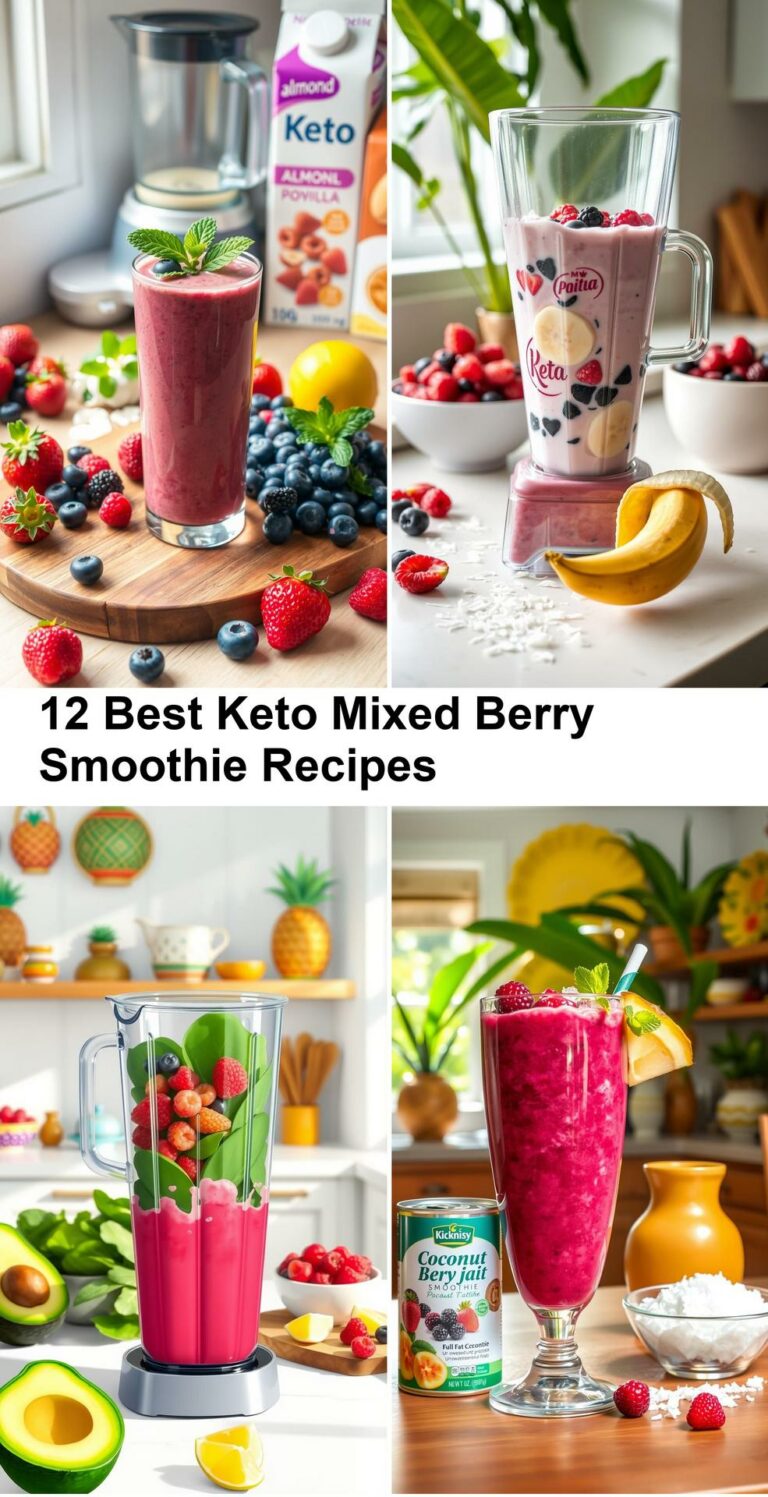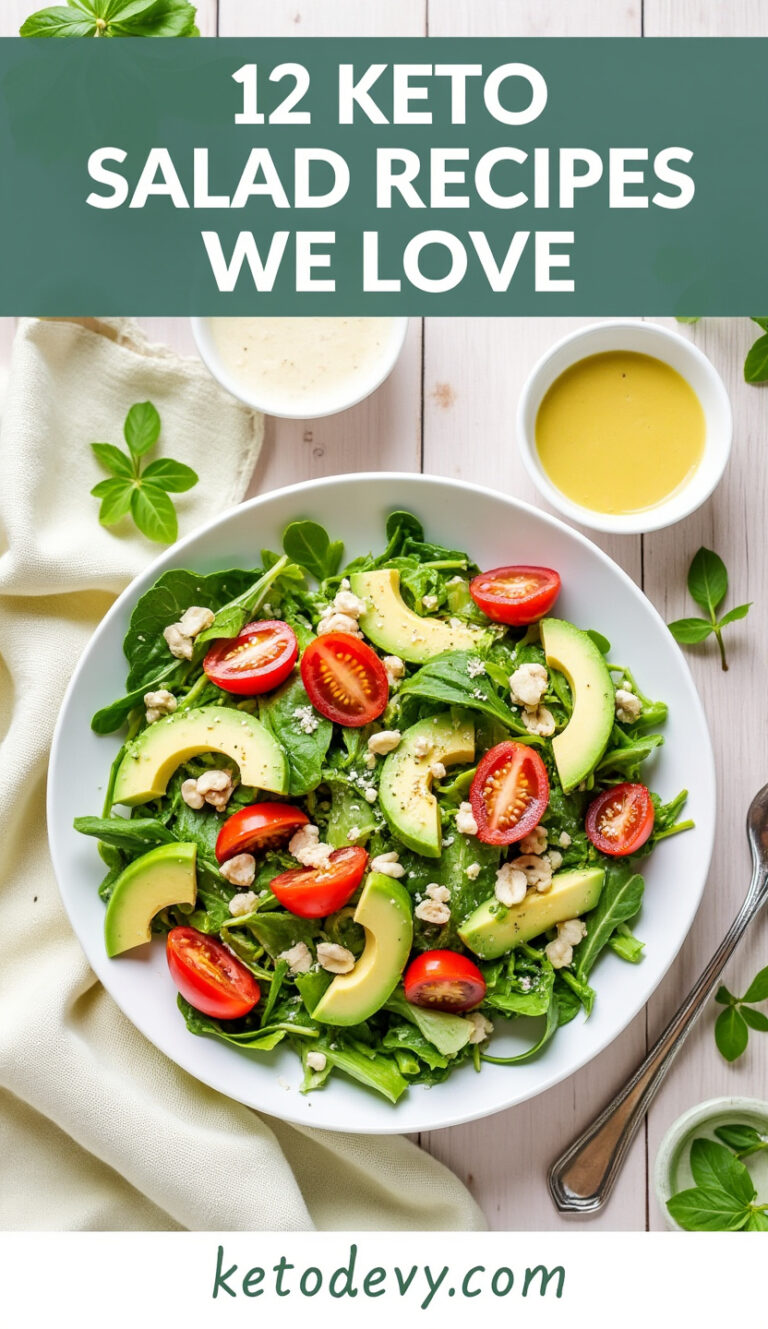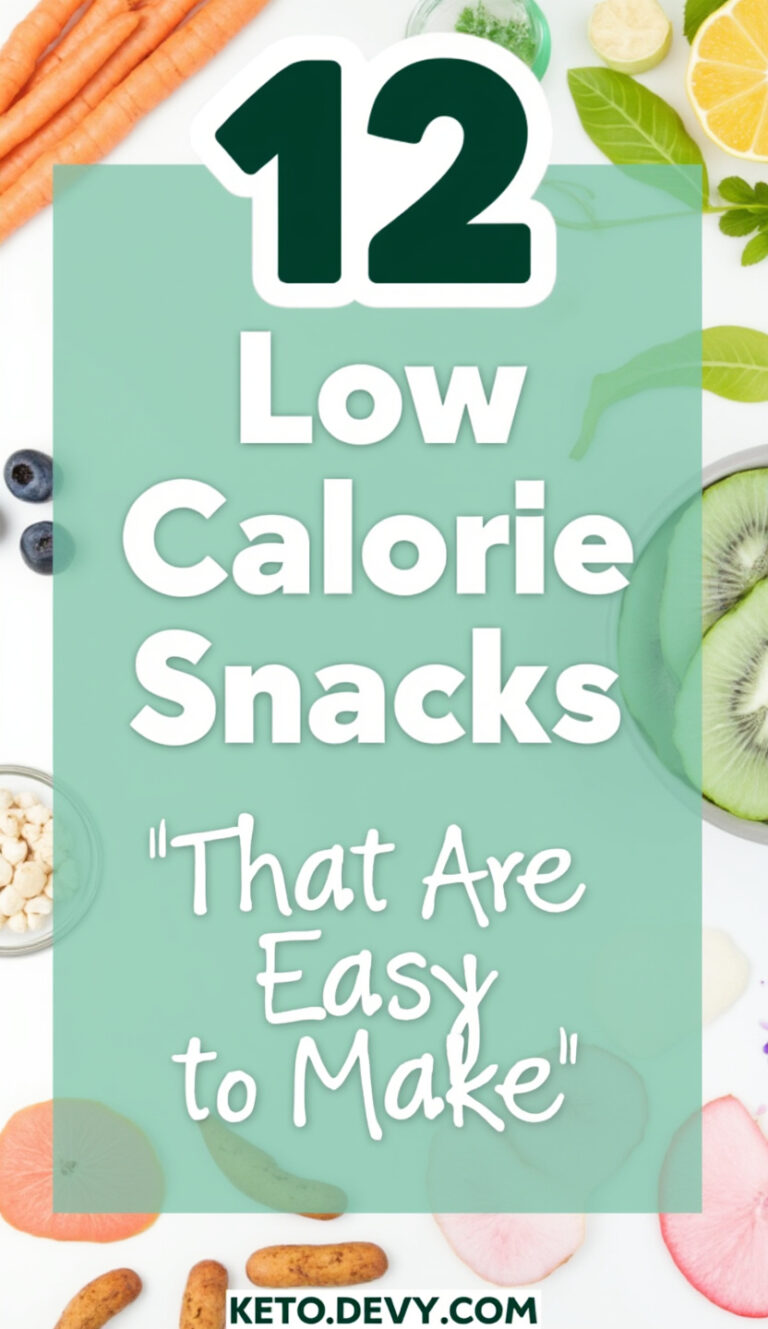Lose Weight: Workout & Diet Guide
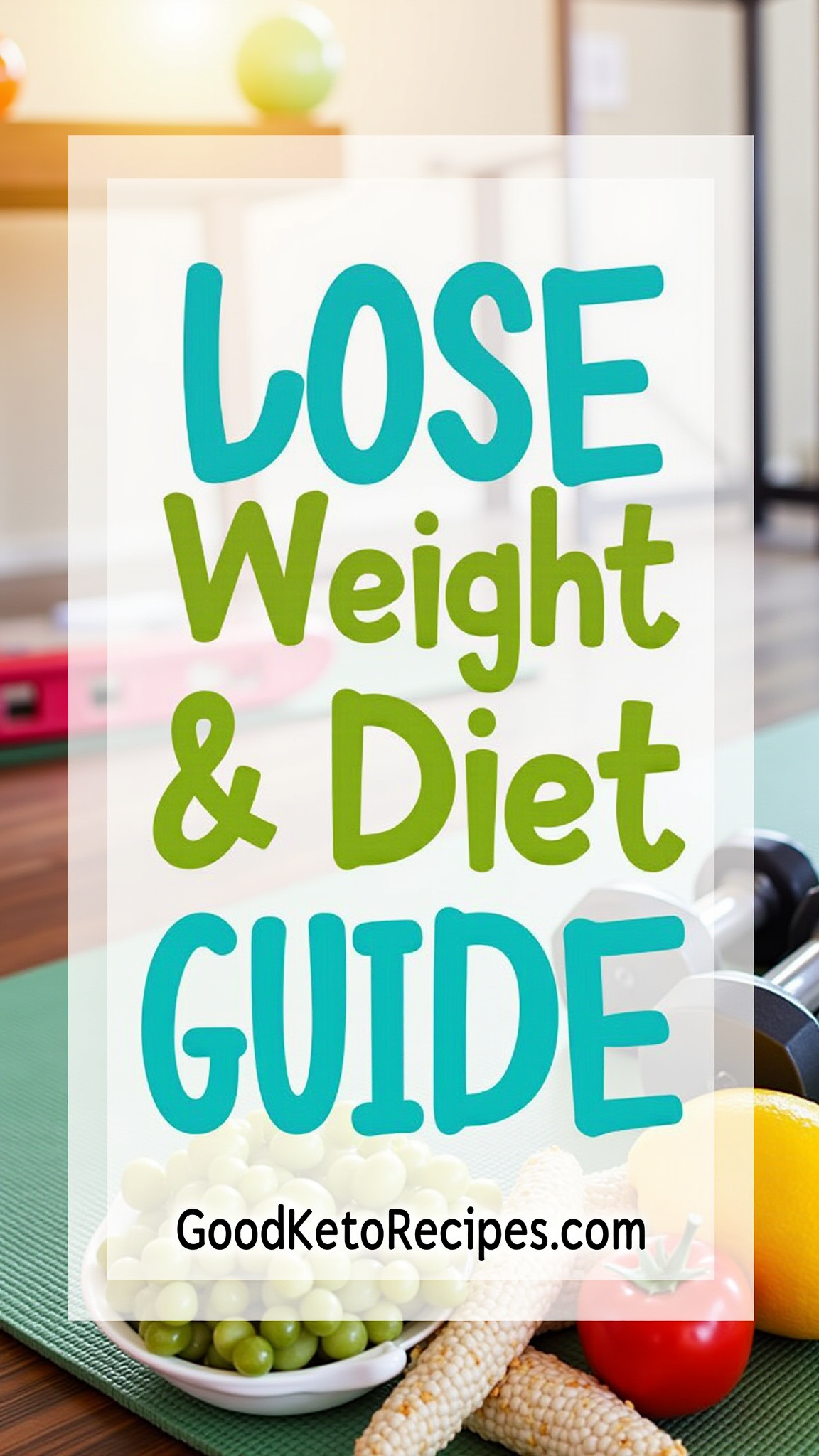
Losing weight effectively requires a combined approach of structured workout plans and a tailored diet. This comprehensive guide provides actionable strategies to help you burn fat, build muscle, and achieve sustainable weight loss. Let’s dive into the details.
Understanding Weight Loss Fundamentals
Before embarking on a weight loss journey, it’s crucial to understand the basic principles governing weight management. At its core, weight loss boils down to creating a calorie deficit – burning more calories than you consume.
- Calorie Deficit: Consume fewer calories than you burn. A deficit of 500-750 calories per day typically results in a 1-2 pound weight loss per week.
- Basal Metabolic Rate (BMR): The number of calories your body burns at rest. Factors like age, gender, and muscle mass influence BMR.
- Total Daily Energy Expenditure (TDEE): The total number of calories you burn daily, including BMR, activity levels, and the thermic effect of food (TEF).
- Macronutrients: Protein, carbohydrates, and fats are essential nutrients. Balancing these is key to weight loss and overall health.
Crafting Your Weight Loss Diet
Diet is a cornerstone of any successful weight loss program. Here’s how to structure a diet optimized for fat burning and muscle preservation:
1. Calculate Your Caloric Needs

Use an online calculator or consult a registered dietitian to determine your TDEE. Subtract 500-750 calories from your TDEE to create a sustainable calorie deficit. This deficit enables your body to tap into stored fat for energy, leading to weight loss. Consistency is key; track your caloric intake using a food journal or a nutrition app to maintain awareness and make necessary adjustments.
2. Prioritize Protein Intake
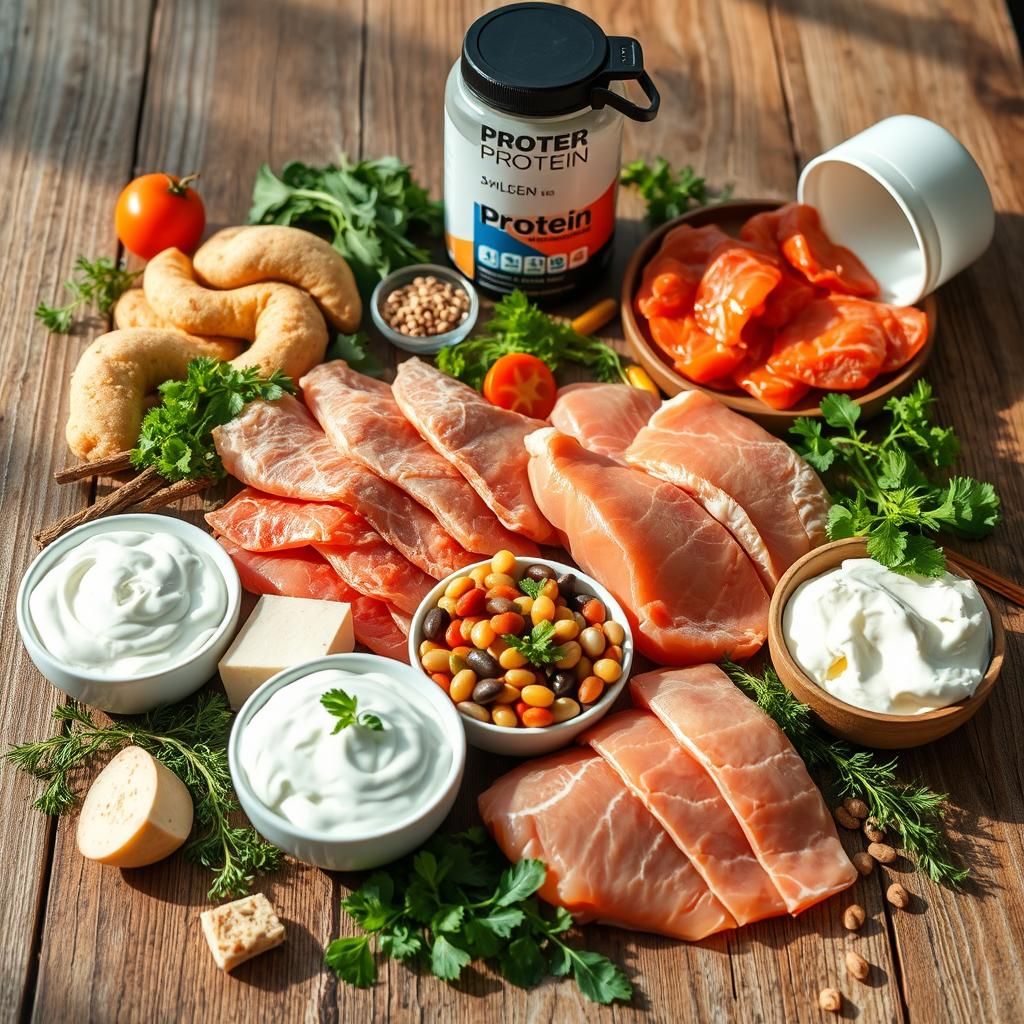
Protein is crucial for preserving muscle mass during weight loss and increasing satiety. Aim for 1.2-1.7 grams of protein per kilogram of body weight.
- Benefits of Protein:
- Preserves muscle mass during calorie restriction.
- Increases satiety, reducing cravings and overeating.
- Boosts metabolism due to its high thermic effect.
- Protein-Rich Foods: Lean meats (chicken, turkey, fish), eggs, dairy products (Greek yogurt, cottage cheese), legumes (beans, lentils), tofu, and protein supplements.
3. Emphasize Whole Foods
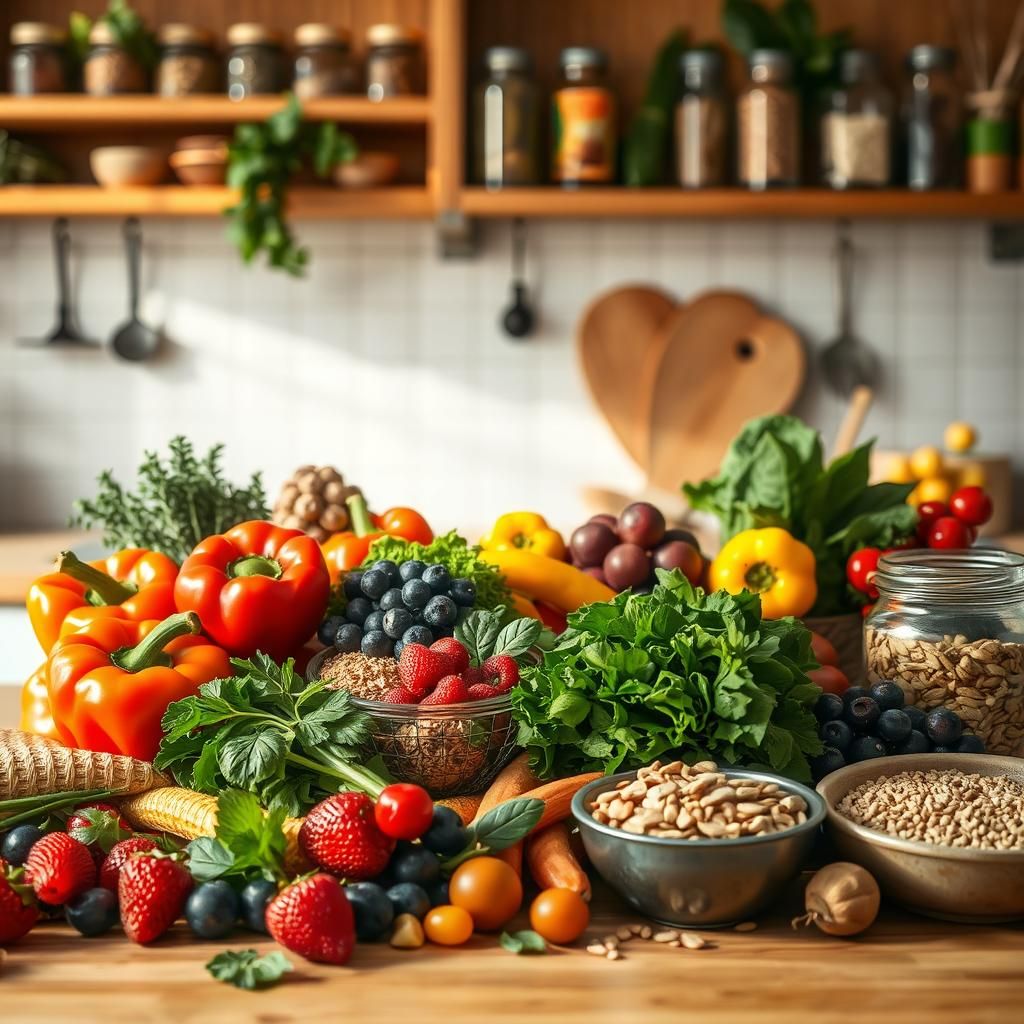
Focus on consuming nutrient-dense, unprocessed foods that provide essential vitamins, minerals, and fiber.
- Fruits and Vegetables: Low in calories and high in fiber, vitamins, and antioxidants. Aim for at least five servings per day.
- Whole Grains: Provide sustained energy and fiber. Examples include oats, quinoa, brown rice, and whole wheat bread.
- Healthy Fats: Essential for hormone production and overall health. Include sources like avocados, nuts, seeds, and olive oil.
- Benefits of Whole Foods:
- High in nutrients that support overall health.
- Rich in fiber, promoting fullness and aiding digestion.
- Lower in processed ingredients, reducing the risk of overeating.
4. Limit Processed Foods, Sugary Drinks, and Unhealthy Fats
Minimize the consumption of processed foods, sugary drinks, and unhealthy fats, as they are often high in calories and low in nutrients.
- Processed Foods: Limit packaged snacks, fast food, and processed meats.
- Sugary Drinks: Avoid sodas, fruit juices, and sweetened beverages.
- Unhealthy Fats: Reduce intake of fried foods, processed snacks, and foods high in saturated and trans fats.
5. Hydrate Adequately

Drinking enough water is essential for overall health and weight management. Water helps control appetite, boost metabolism, and aid in digestion.
- Benefits of Hydration:
- Helps control appetite by promoting a feeling of fullness.
- Boosts metabolism and energy expenditure.
- Aids in digestion and nutrient absorption.
- Water Intake Recommendations: Aim for at least 8 glasses (64 ounces) of water per day.
6. Sample Meal Plan for Weight Loss
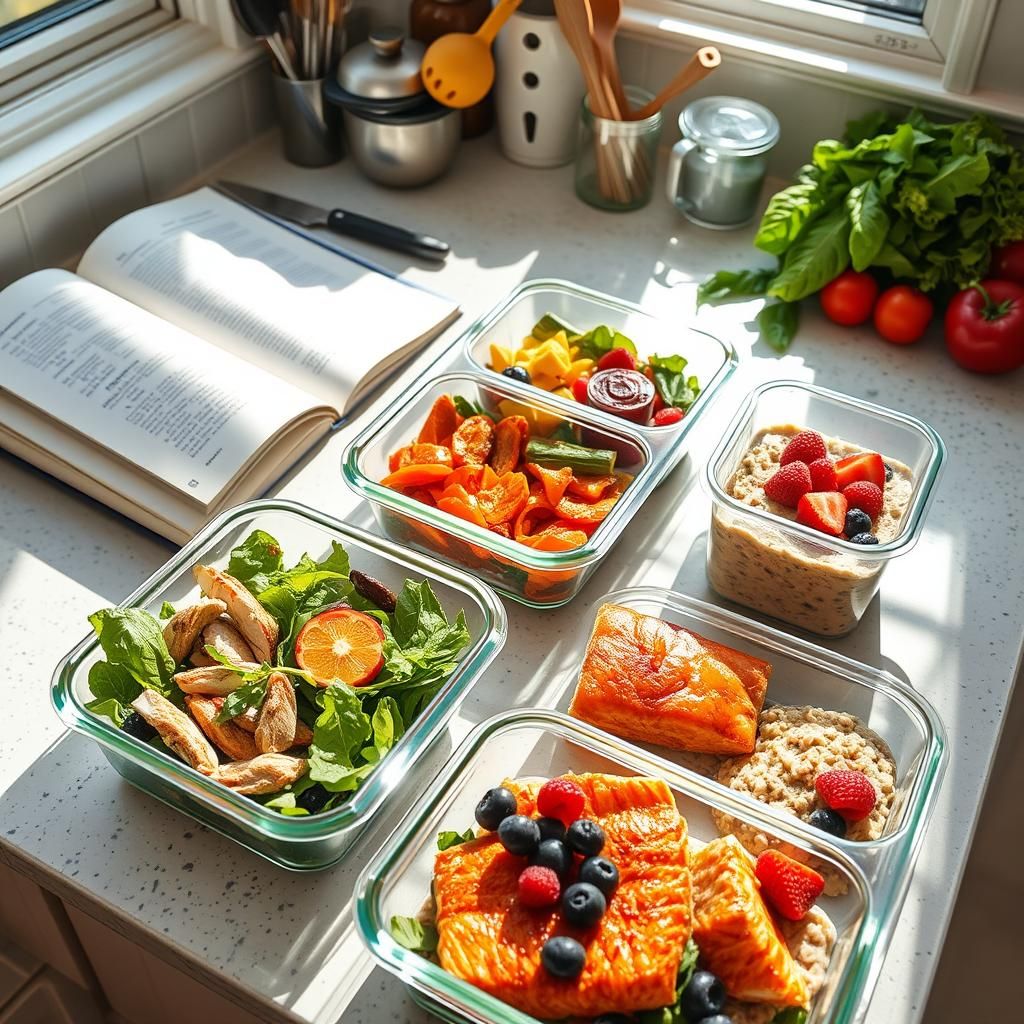
This is a sample meal plan; adjust portion sizes based on your caloric needs.
- Breakfast: Oatmeal with berries and nuts, or Greek yogurt with fruit.
- Lunch: Grilled chicken salad with mixed greens, vegetables, and a light vinaigrette dressing.
- Dinner: Baked salmon with roasted vegetables (broccoli, carrots, and sweet potatoes).
- Snacks: Apple slices with almond butter, a handful of almonds, or a protein shake.
Workout Plans for Effective Weight Loss
Combining cardiovascular exercises with strength training is the most effective way to burn fat and build muscle. Here are sample workout plans to help you achieve your weight loss goals:
1. Cardiovascular Exercises
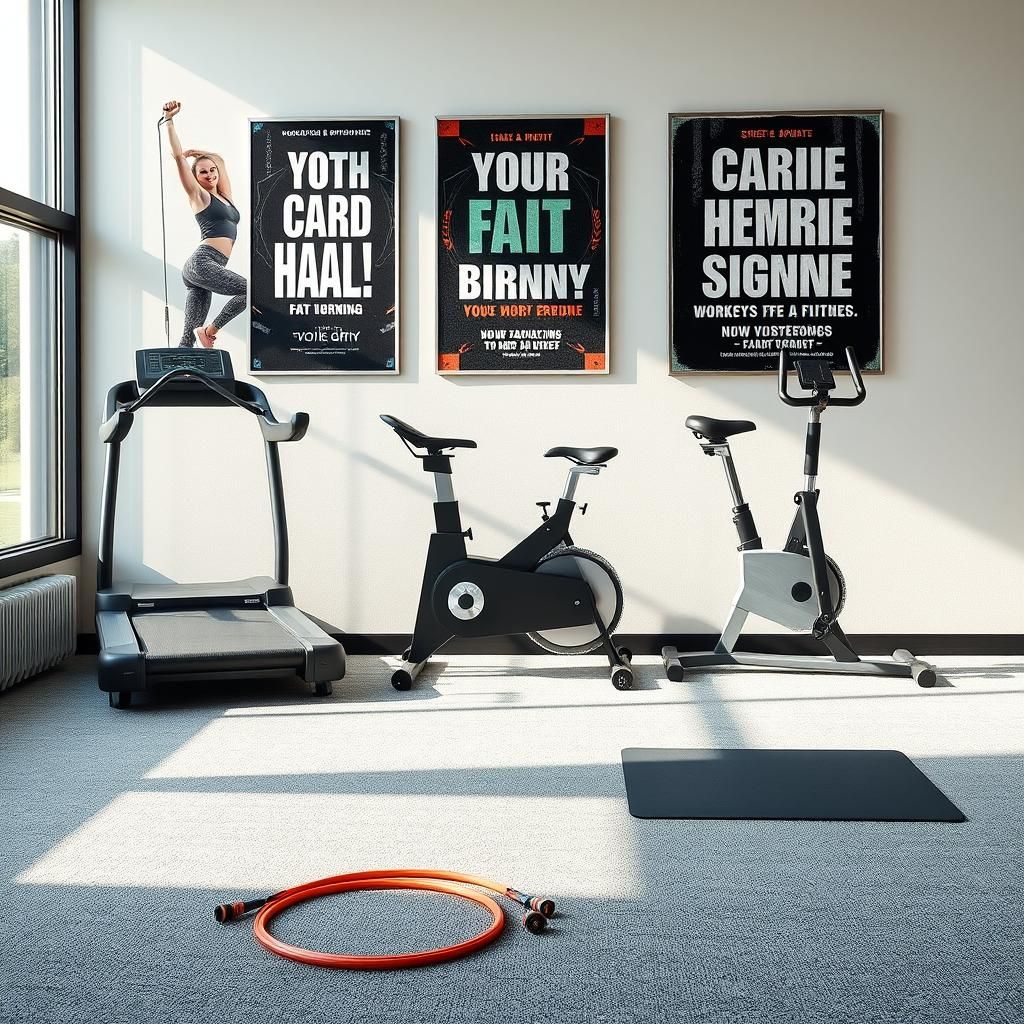
Cardio workouts are excellent for burning calories and improving cardiovascular health. Aim for at least 150 minutes of moderate-intensity or 75 minutes of vigorous-intensity cardio per week.
- Types of Cardio:
- Running: High-impact and effective for burning calories.
- Swimming: Low-impact and ideal for joint health.
- Cycling: Great for building leg strength and endurance.
- Walking: Accessible and suitable for all fitness levels.
- HIIT (High-Intensity Interval Training): Alternating between short bursts of intense exercise and periods of rest or low-intensity exercise.
- Sample Cardio Schedule:
- Monday: 30 minutes of brisk walking.
- Tuesday: 45 minutes of cycling.
- Wednesday: Rest.
- Thursday: 30 minutes of HIIT (sprints, burpees, jumping jacks).
- Friday: 45 minutes of swimming.
- Saturday: 60 minutes of hiking.
- Sunday: Rest or active recovery (yoga, stretching).
2. Strength Training Exercises
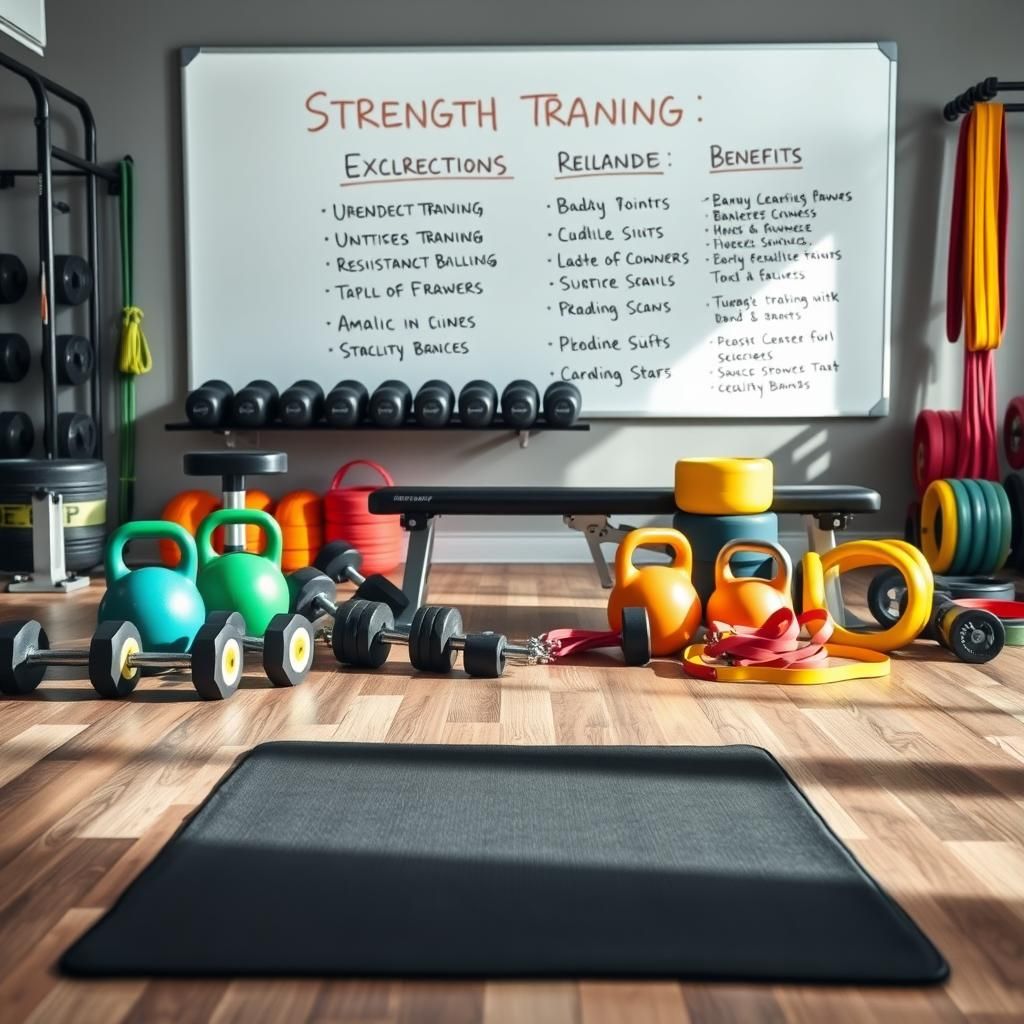
Strength training helps build muscle, which increases metabolism and supports fat loss. Aim for at least two to three strength training sessions per week, focusing on major muscle groups.
- Benefits of Strength Training:
- Builds muscle mass, increasing metabolism.
- Improves strength and endurance.
- Enhances bone density.
- Sample Strength Training Routine:
- Day 1: Upper Body
- Bench Press: 3 sets of 8-12 reps.
- Dumbbell Rows: 3 sets of 8-12 reps per side.
- Overhead Press: 3 sets of 8-12 reps.
- Bicep Curls: 3 sets of 10-15 reps.
- Tricep Dips: 3 sets of as many reps as possible (AMRAP).
- Day 2: Lower Body
- Squats: 3 sets of 8-12 reps.
- Deadlifts: 1 set of 5 reps, 1 set of 3 reps, 1 set of 1 rep (increase weight each set).
- Lunges: 3 sets of 10-15 reps per leg.
- Hamstring Curls: 3 sets of 10-15 reps.
- Calf Raises: 3 sets of 15-20 reps.
- Day 3: Core and Full Body
- Plank: 3 sets, hold for 30-60 seconds.
- Crunches: 3 sets of 15-20 reps.
- Russian Twists: 3 sets of 15-20 reps per side.
- Burpees: 3 sets of 10-15 reps.
- Mountain Climbers: 3 sets of 20-30 reps per leg.
- Day 1: Upper Body
3. High-Intensity Interval Training (HIIT)

HIIT involves short bursts of intense exercise followed by periods of rest or low-intensity activity. It’s highly effective for burning calories and improving cardiovascular fitness in a short amount of time.
- Benefits of HIIT:
- Burns a high number of calories in a short period.
- Improves cardiovascular fitness.
- Boosts metabolism.
- Sample HIIT Workout:
- Warm-up: 5 minutes of light cardio (jogging, jumping jacks).
- Workout:
- Sprint: 30 seconds at maximum effort.
- Rest: 30 seconds of walking.
- Repeat 10-15 times.
- Cool-down: 5 minutes of stretching.
4. Home Workout Plan (No Equipment)
If you prefer working out at home without equipment, focus on bodyweight exercises that target multiple muscle groups.
- Sample Home Workout Routine:
- Warm-up: 5 minutes of light cardio (jumping jacks, high knees).
- Workout:
- Squats: 3 sets of 15-20 reps.
- Push-ups: 3 sets of as many reps as possible (AMRAP).
- Lunges: 3 sets of 15-20 reps per leg.
- Plank: 3 sets, hold for 30-60 seconds.
- Crunches: 3 sets of 20-25 reps.
- Burpees: 3 sets of 10-15 reps.
- Cool-down: 5 minutes of stretching.
Tips for Sustainable Weight Loss
Sustainable weight loss is a marathon, not a sprint. Here are some essential tips to ensure long-term success:
1. Set Realistic Goals
Set small, achievable goals to avoid discouragement. Aim for a gradual weight loss of 1-2 pounds per week.
- Importance of Realistic Goals:
- Reduces the risk of burnout and discouragement.
- Promotes consistency and long-term adherence.
- Allows for sustainable lifestyle changes.
2. Track Your Progress
![]()
Monitor your weight, body measurements, and food intake to stay accountable and make necessary adjustments.
- Methods for Tracking Progress:
- Use a food journal or nutrition app to track calorie intake.
- Weigh yourself regularly (once or twice per week).
- Take body measurements (waist, hips, thighs) monthly.
- Track your workouts and exercise progress.
3. Get Enough Sleep
Sleep deprivation can disrupt hormone levels, leading to increased appetite and cravings. Aim for 7-9 hours of quality sleep per night.
- Impact of Sleep on Weight Loss:
- Regulates hormones that control appetite (ghrelin and leptin).
- Reduces cravings for unhealthy foods.
- Supports metabolism and energy levels.
4. Manage Stress
Chronic stress can lead to emotional eating and weight gain. Practice stress-management techniques like yoga, meditation, or deep breathing exercises.
- Stress-Management Techniques:
- Yoga and meditation to promote relaxation.
- Deep breathing exercises to reduce stress hormones.
- Spending time in nature to improve mood.
- Engaging in hobbies and activities you enjoy.
5. Seek Support

Join a weight loss support group or work with a registered dietitian or personal trainer for guidance and motivation.
- Benefits of Support:
- Provides encouragement and accountability.
- Offers expert advice and guidance.
- Creates a sense of community and shared experience.
6. Stay Consistent
Consistency is key to achieving sustainable weight loss. Stick to your diet and workout plan as much as possible, even on challenging days.
- Strategies for Consistency:
- Plan your meals and workouts in advance.
- Prepare healthy meals and snacks to avoid impulsive eating.
- Find a workout buddy for added motivation.
- Focus on progress, not perfection.
Common Weight Loss Mistakes to Avoid
Be aware of common pitfalls that can derail your weight loss efforts:
- Drastic Calorie Restriction
- Overreliance on Processed Foods
- Neglecting Strength Training
- Inadequate Protein Intake
- Ignoring Emotional Eating
- Lack of Consistency
The Role of Supplements in Weight Loss
While supplements can support weight loss efforts, they should not replace a healthy diet and exercise routine. Consult with a healthcare professional before taking any supplements.
- Common Weight Loss Supplements:
- Protein Powder: Helps increase protein intake and support muscle growth.
- Caffeine: Can boost metabolism and energy levels.
- Green Tea Extract: May promote fat burning and antioxidant benefits.
- Fiber Supplements: Can increase satiety and aid in digestion.
- Omega-3 Fatty Acids: Support overall health and may help reduce inflammation.
Losing weight effectively requires a holistic approach that combines a well-planned diet with consistent exercise. By understanding the fundamentals of calorie balance, prioritizing whole foods, engaging in regular cardio and strength training, and adopting sustainable lifestyle changes, you can achieve your weight loss goals and improve your overall health. Remember to set realistic goals, track your progress, manage stress, and seek support when needed. Stay consistent, and you’ll be well on your way to a healthier, happier you.
Check Out These Diet Plans
Ready to take your diet to the next level? Explore these tailored meal plans to accelerate your weight loss journey:
Unlock the Power of Keto: Get Your Ultimate Meal Plan Now!Design Your Dream Diet: Start Your Custom Keto Plan Today!
Affiliate Link Disclosure: Some of the links in this post are affiliate links. This means that if you click on the link and make a purchase, I may receive a small commission at no extra cost to you. I only recommend products or services that I personally use and believe will be valuable to my readers.

